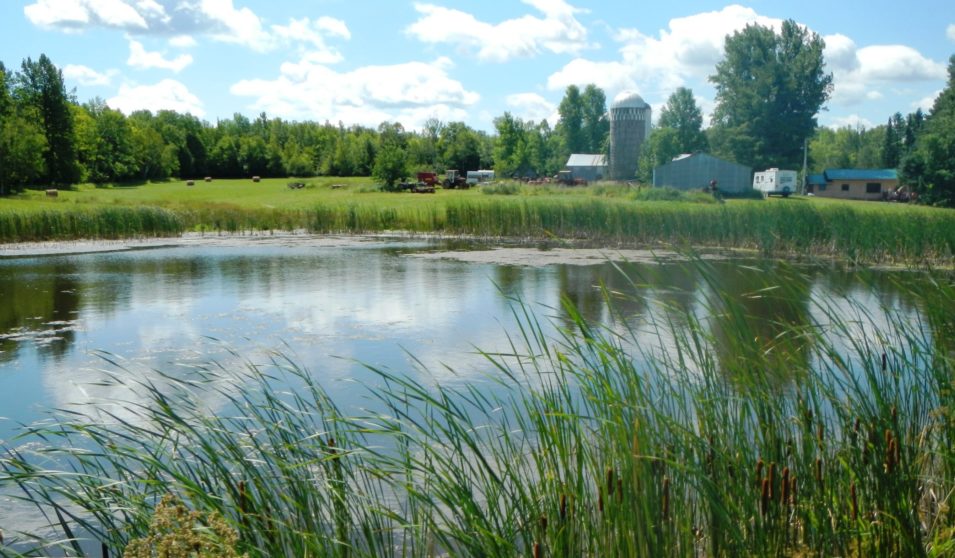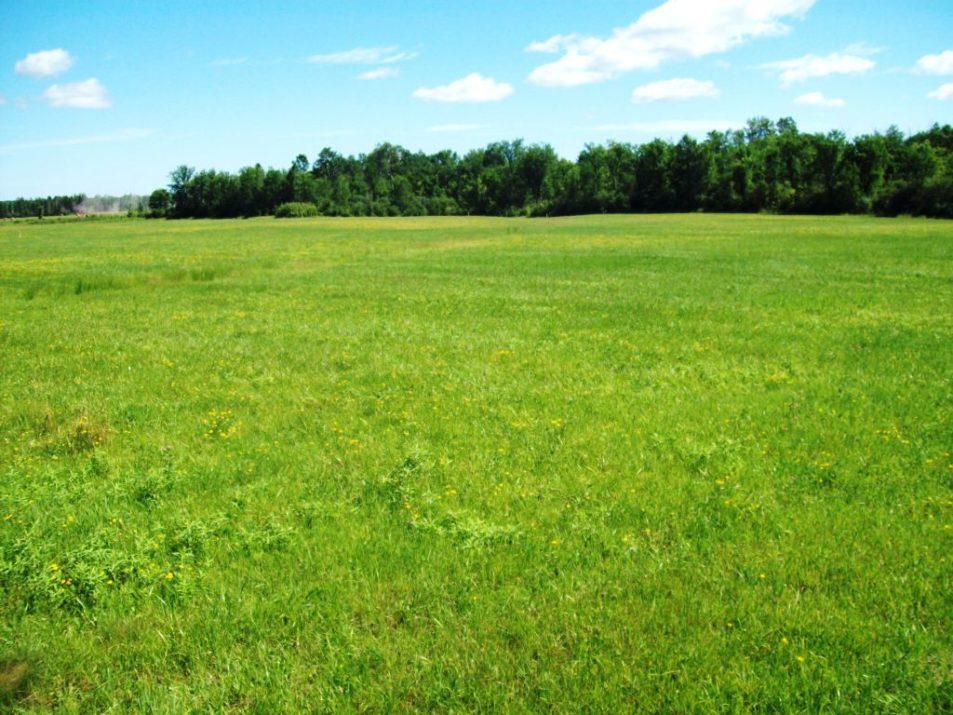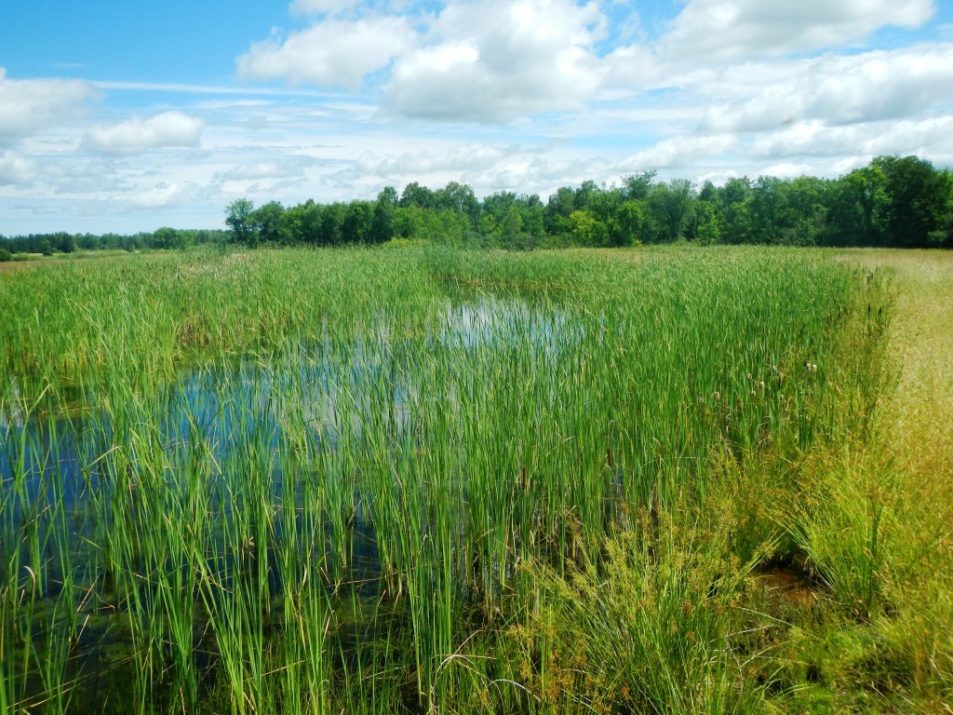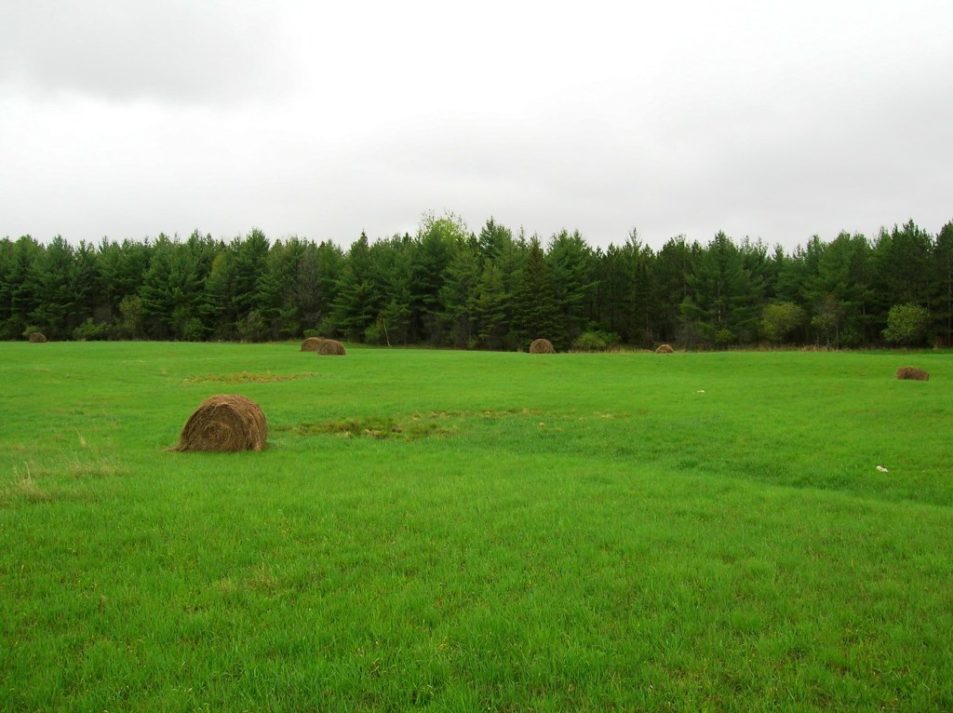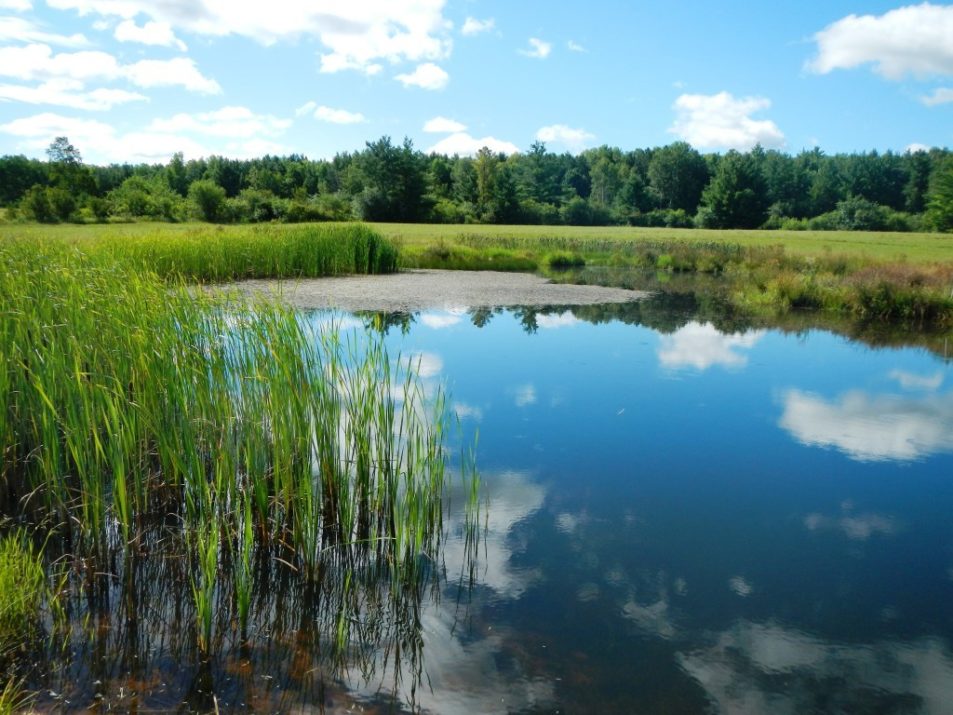Did you know that over 75% of Ashland County is wet?—that is if you count the area covered by Lake Superior, lakes, rivers, streams, and wetlands. And the Ashland County Land and Water Conservation Department and its partners plan to continue increasing that percentage by protecting and restoring wetlands that have been lost to development in the past 150 years.
Having one of the strongest wetland restoration programs in the state, the Ashland County Conservation Department has been active in wetland restoration for more than a decade, with accomplishments such as:
- restoring and creating 195 acres of wetlands since 2002.
- protecting 330 acres of upland habitat adjacent to those wetlands.
- leveraging over $237,000 in funding to restore wetlands.
Before European settlement, Ashland County was primarily forested, and wetlands of all sizes dotted the landscape below the forest canopy. Once the trees were cleared by the timber industry, land was settled for agriculture and farmers moved in to burn, stump, ditch, and drain the landscape to make it more suitable for farming.
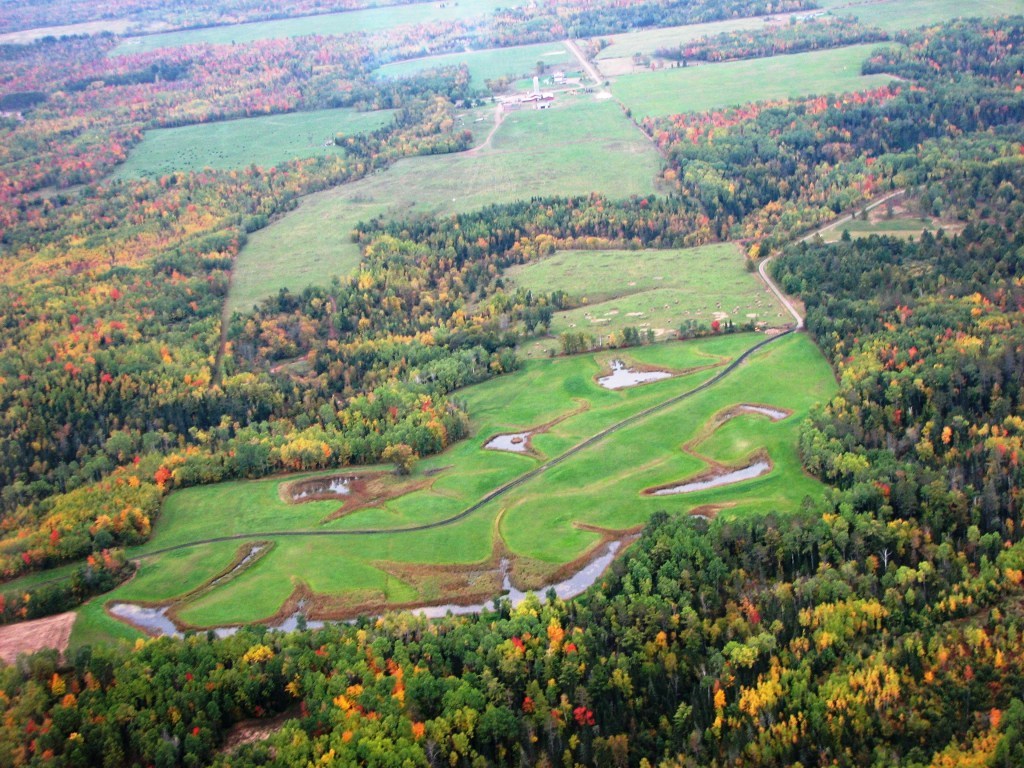
“Most of the wetlands that we have created have been in the agricultural areas of the county where we’ve lost many of the historic wetlands,” said Tom Fratt, Ashland County’s Conservationist.
Working with willing landowners, Fratt and his staff must pick and choose their restoration locations even further. Due to the most recent glaciation period in Wisconsin, a mix of red clay and sand was deposited irregularly throughout the agricultural heartland of the county. While red clay is quite impervious to water, sand is highly permeable.
“We are really looking for areas that have deep clays and hold water. Having to install any sort of fancy clay lining or membrane on a wetland would really drive up the cost,” said Fratt.
In addition to restoring historic wetlands on agricultural land, Ashland County also follows the regional mantra of “Slow the Flow”. This means restoring wetlands in areas that would benefit most from increased infiltration and lessen runoff coming from pastures, cropped fields, impervious surfaces, and roads. Not only do these projects provide habitat for wildlife, but they capture runoff waters and slowly release them back into the watershed to help stabilize stream systems.
With these location criteria in mind, Fratt’s department and partners begin the process of talking to interested landowners.
“For one of our first steps we’ll say, ‘Okay you’re interested, where’s your property?’ Then we can start looking at their location, the soil that they’re in, and make a site visit with the landowner. We also try to determine their needs and what they want to see on their property and then go back to the drawing board and see if it’s something feasible to do,” said Fratt.
After constructing a wetland, Fratt says its benefits are seen instantly. Water typically fills the basins within the first season and vegetation becomes fully established the second year. A wide variety of wildlife begins using the wetlands too, including frogs, toads, turtles, dragonflies, ducks, geese, and shorebirds.
The wetland restoration program has been running in Ashland County since 2002. Over this timespan, one or two wetland projects were completed nearly every year. Then after one wetland project this year, the county is already in the planning stage for 3 or 4 additional requests for next year.
Critical to the success of the county program is the continued partnership with the U.S. Fish and Wildlife Service’s Partners in Fish and Wildlife program and the support of other regional collaborators. “They provide the majority of the funding and we provide the planning and engineering expertise,” said Fratt.
Even with impressive wetland statistics under their belt, Fratt says the percentage of existing wetlands is likely even higher than expected. “We know there are a lot of other smaller wetlands out there not counted or mapped in the Wisconsin Wetland Inventory—the land area covered by wetlands might be as high as 38% in our county.”
With all these numbers, Ashland County can boast one more record... having over 3% of the total wetland acres found in Wisconsin despite making up less than 2% of the states size. With a record like this, Ashland has become a beacon for wetland restoration across the state of Wisconsin.

